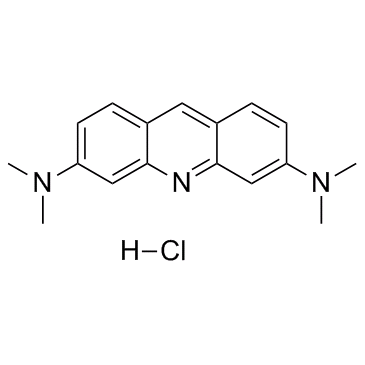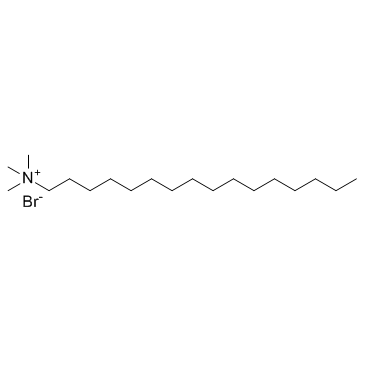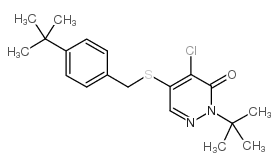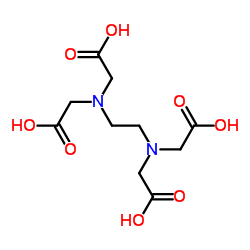| Structure | Name/CAS No. | Articles |
|---|---|---|
 |
Ethidium bromide
CAS:1239-45-8 |
|
 |
Acridine Orange hydrochloride
CAS:65-61-2 |
|
 |
Fructose
CAS:57-48-7 |
|
 |
Hexadecyl trimethyl ammonium bromide
CAS:57-09-0 |
|
 |
Pyridaben
CAS:96489-71-3 |
|
 |
Ninhydrin
CAS:485-47-2 |
|
 |
Ethylenediaminetetraacetic acid
CAS:60-00-4 |